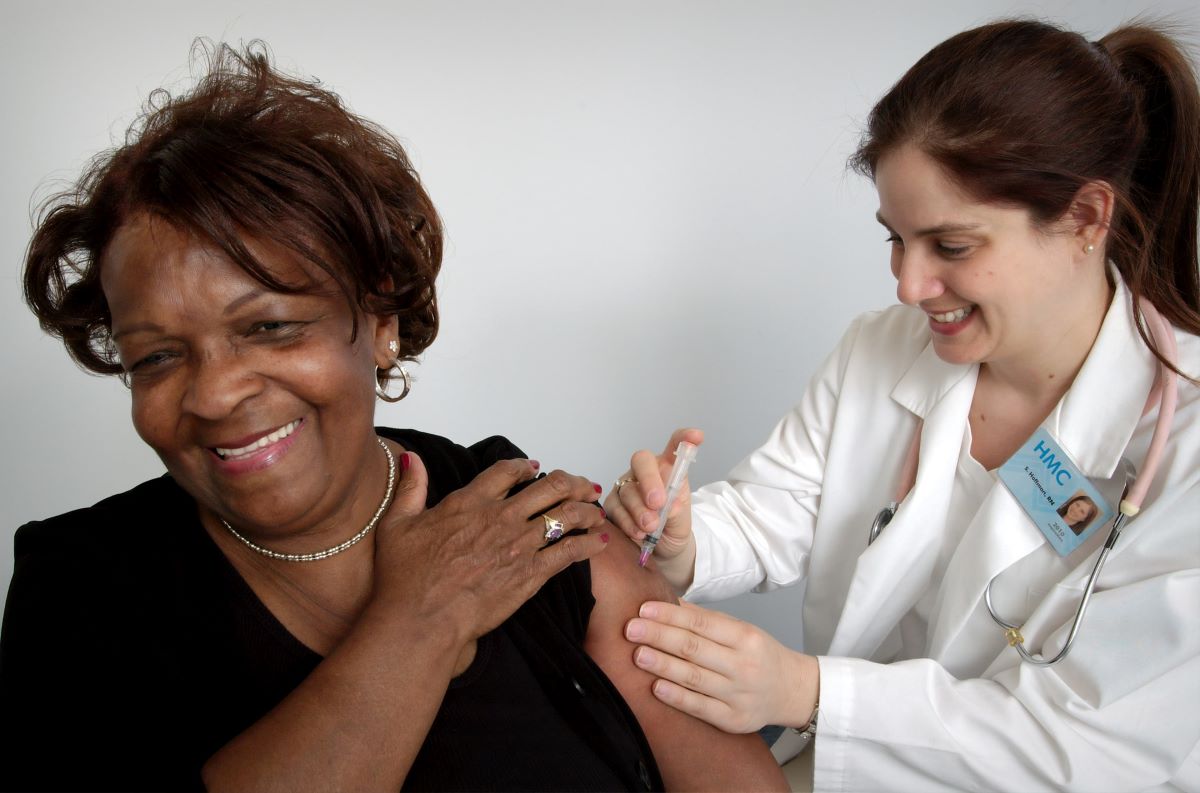Health equity is being considered in discussions of vaccine allocation for perhaps the first time in our history. Official recommendations for vaccine distribution may include the CDC’s Social Vulnerability Index as a way of incorporating the disproportionate impacts of COVID-19 on certain communities into determination of priority groups. The pandemic has heightened focus on disparate impacts on communities of color and these considerations are important both for controlling the pandemic and leading to greater awareness of how public health efforts can address systemic racism.
Health inequities have been a major issue in the US throughout our history, but have drawn new attention over the past year due to the heightened focus on systemic racism and the disparate impacts of the COVID-19 pandemic. These twin crises are bringing new awareness to inequities in our communities and their sometimes-dire effects on health.
It’s well known at this point that communities of color have been hardest-hit by COVID-19. The COVID Tracking Project found that COVID-19-related death rates are twice as high among Black Americans as among white Americans. As we move closer to approval of the first COVID-19 vaccine, this cruel reality has led to new conversations around who should be prioritized in receiving vaccines.
The Advisory Committee on Immunization Practices (ACIP), which advises the Centers for Disease Control and Prevention (CDC) on vaccine schedules, is in the process of preparing its recommendations for how COVID-19 vaccines should be allocated. Health equity is being considered in these discussions for perhaps the first time. ACIP has received multiple proposals that will inform their plan, one of the most influential of which is the National Academy of Sciences’ Framework for Equitable Allocation of COVID-19 Vaccine, which includes equity as a cross-cutting consideration in its recommendations.
Recommendations for vaccine allocation using the Social Vulnerability Index
In particular, the National Academy’s framework recommends incorporating a metric of social disadvantage such as the CDC’s Social Vulnerability Index into its priorities for vaccine allocation. Their framework proposes that state and local authorities “ensure that special efforts are made to deliver vaccine to residents of high-vulnerability areas (defined as 25 percent highest in the state).”
The Social Vulnerability Index (SVI) was developed by the CDC to help government officials identify communities that may need support around hazardous events such as natural disasters, chemical spills or infectious disease outbreaks. It incorporates 15 social factors which are grouped into four themes: Socioeconomic Status, Household Composition, Race/Ethnicity/Language, and Housing/Transportation. These factors come together to comprise an overall ranking for each US census tract as well individual rankings for each theme.
Given its focus on resource and response planning around events such as disease outbreaks, the SVI seems ideally suited to the question of COVID-19 vaccine allocation. The National Academy’s proposal says that the use of such an index allows them to “incorporate the variables that the committee believes are most linked to the disproportionate impact of COVID-19 on people of color” without directly targeting racial and ethnic categories.
How the SVI has already been used during COVID-19
The SVI has already been utilized to help in other ways in the fight against COVID-19. The CDC published a research report in October investigating the association between social vulnerability and the risk of a county becoming a COVID-19 hotspot in June and July 2020. The study found that counties with higher social vulnerability were more likely to be identified as hotspots. Among its findings was that the risk for becoming a hotspot was over 37 times higher in areas with the highest levels of vulnerability around racial/ethnic minority status and English proficiency than in areas with the lowest levels of those vulnerabilities. This strong association between aspects of social vulnerability and COVID-19 hotspot status suggests that high SVI rankings may be a strong predictor of disproportionate COVID-19 impact and thus well suited to play a larger role in the pandemic response.
The SVI has also been modified to include health-specific factors in order to better inform COVID-19 planning and estimate COVID-19 risk at a local level. The COVID-19 Community Vulnerability Index (CCVI) extends the SVI by adding COVID-19-specific epidemiologic risk factors and variables measuring public health system capacity, resulting in a total of six themes and 34 factors as shown below. The CCVI has been featured by the CDC and is also mentioned in the National Academy’s framework as a potential metric to use in vaccine allocation.
Estimating COVID-19 risk at a local level
Lastly, City Health Dashboard, a project that provides key health data at the city and community level has created a COVID Local Risk Index, which extends the SVI in a similar way as the CCVI but for a slightly different purpose, to estimate COVID-19 risk at a local level. The COVID Local Risk Index incorporates three themes: social vulnerability as determined by the SVI; COVID-related chronic health conditions such as obesity and diabetes; and COVID-related demographics such as age and minority status. Since the COVID Local Risk Index is embedded into the larger City Health Dashboard framework, it also compares cities and neighborhoods to others in the Dashboard’s 500 largest cities.
It’s clear that social vulnerability is a measure that can be useful across a number of different contexts, and one that can play an important role in incorporating health equity into our efforts to control the pandemic. In addition, as a tool to highlight the effects of systemic racism and broad inequities, it can likely also contribute to the larger multi-sector movement to increase awareness and bring about societal-level change in the US.
Photo by CDC on Unsplash.






